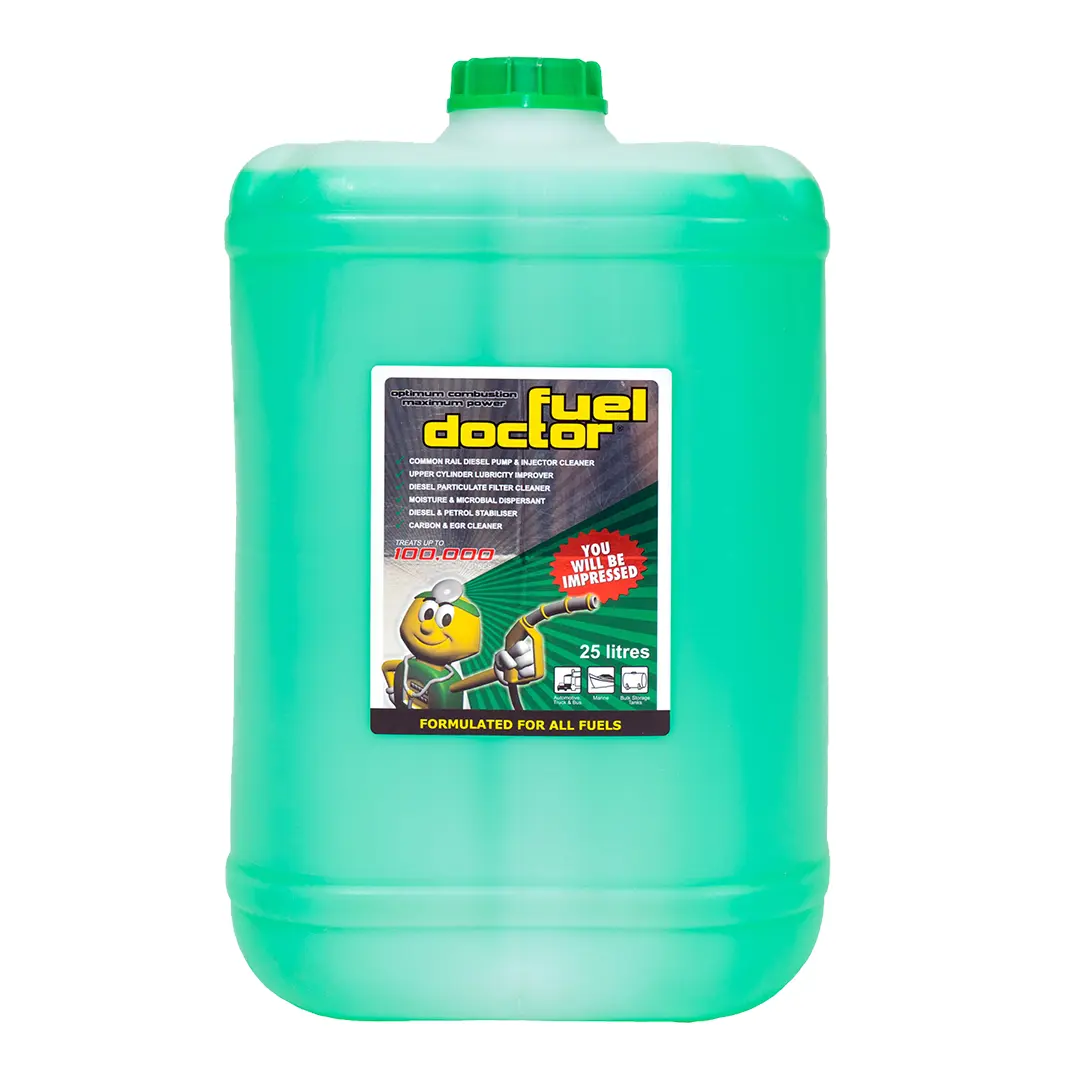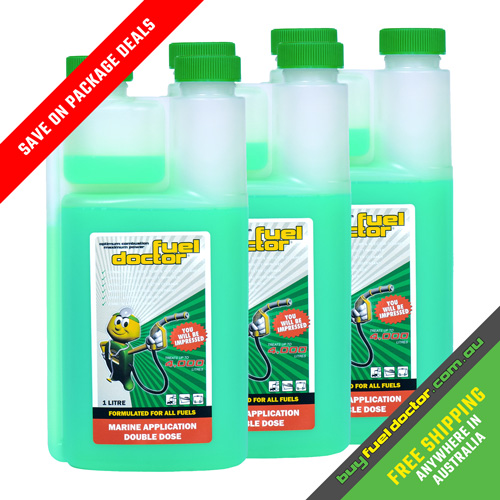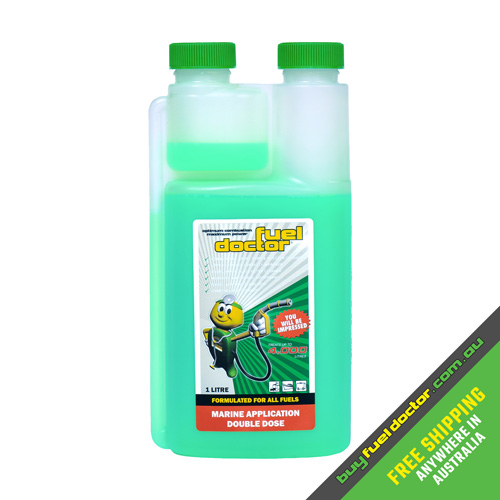The main contaminants of fuel are water, fungal material, and rust. There is residual water in all underground tanks from new, and various factors such as engineering, maintenance, and environmental issues can cause more water to enter under/above-ground fuel tanks. Fungal material comes from spores (mainly Cladosporium resinae) that can enter the tanks any time they are opened, filled, cleaned, etc., via the breather systems that are always open. As a side effect of water contamination, rust is formed when steel and iron components inside fuel storage tanks are also exposed to air—every time the tank isn’t completely full.
While your vehicle’s fuel filter is designed to capture solids like rust and dirt particles over a certain size (usually between 2-30 microns, depending on your filter), and specialised filters can separate some water from fuel, they will generally only trap small amounts before they become overwhelmed. As for emulsified fuel and water, unfortunately the majority of filter/separators can’t tell the difference between this and clean fuel.
These are the situations where Fuel Doctor is the perfect solution.



